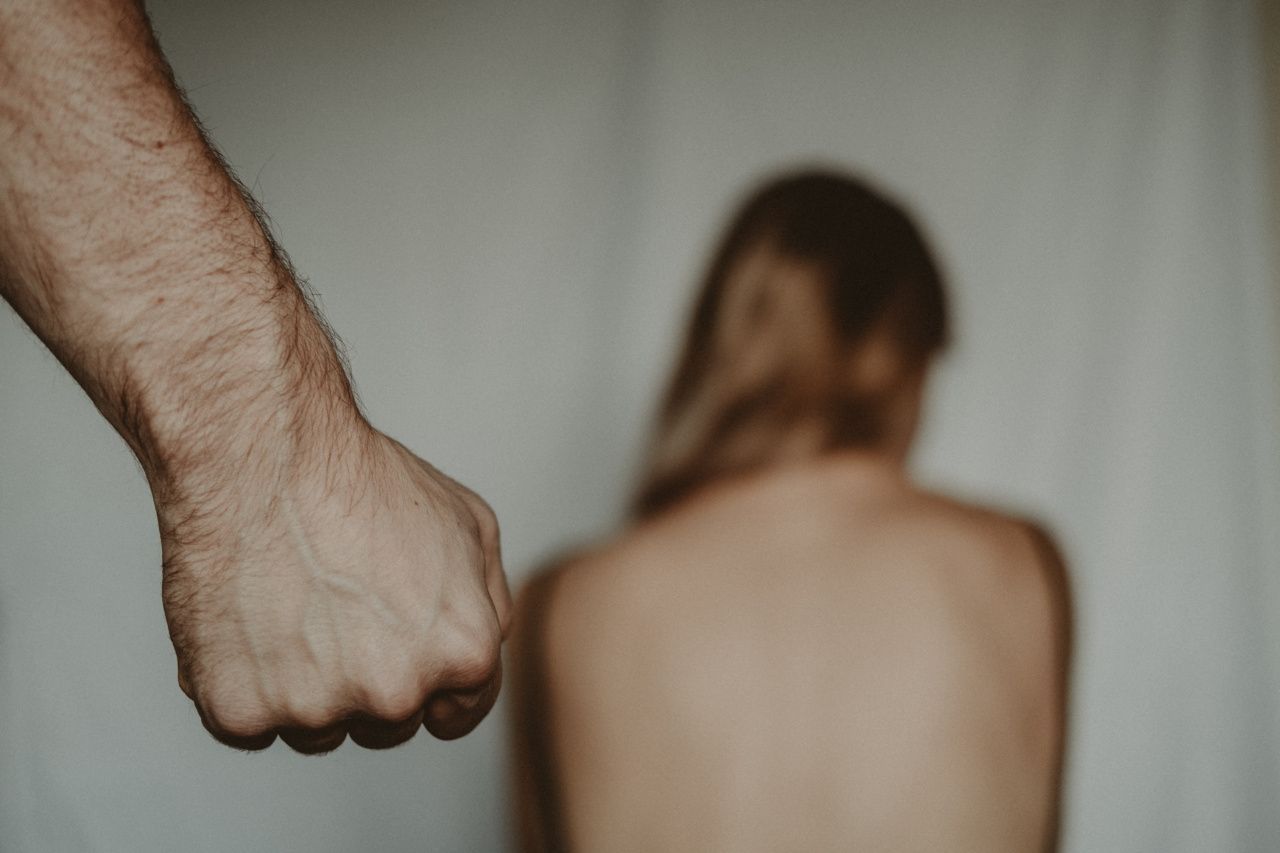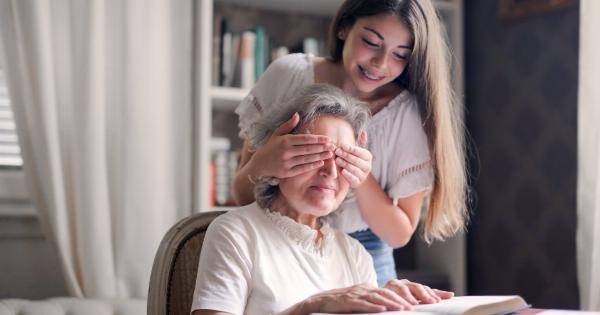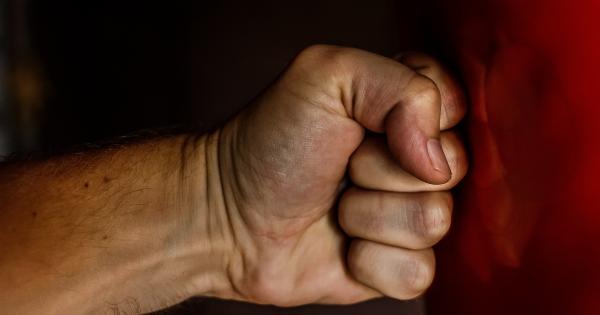When it comes to discussions surrounding sexual violence, the focus is often on women as victims. However, it is crucial to acknowledge that men can also be subjected to this heinous crime.
Despite the societal reluctance to recognize male victims of sexual violence, the prevalence of such incidents is alarmingly high, and it is essential to shed light on this overlooked issue. In this article, we will explore the experiences, barriers, and support available for male victims of sexual violence.
The Stigma and Silence
One of the primary reasons why male victims of sexual violence are often silenced is due to the prevailing societal notions of masculinity.
In many cultures, men are expected to be strong, tough, and invulnerable, making it difficult for society to accept that they can fall prey to sexual violence. As a result, male victims often face immense stigma, shame, and disbelief.
Stereotypes and Misconceptions
A common misconception surrounding male sexual violence is that men cannot be raped or sexually assaulted unless they physically resist their assailant.
This harmful stereotype undermines the experiences of male victims and perpetuates the notion that if a man does not fight back, he must have consented. Such misconceptions prevent many male victims from coming forward and seeking support.
The Impact on Male Victims
The consequences of sexual violence can be devastating for anyone, regardless of gender. Male victims may suffer from various physical, emotional, and psychological effects.
These can include but are not limited to post-traumatic stress disorder (PTSD), depression, anxiety, self-blame, trust issues, and difficulties in forming intimate relationships. The impact on male victims is often compounded by the lack of societal acknowledgment and support.
Barriers to Reporting
Male victims of sexual violence face unique barriers when it comes to reporting the crime. The fear of not being believed or being ridiculed often deters many from seeking justice.
Additionally, the assumption that men always desire sex and should be able to defend themselves further compounds this issue. Fear of being labeled as gay or weak may also prevent male victims from coming forward.
Social and Legal Systems
The social and legal systems within many countries are often ill-equipped to handle cases involving male victims of sexual violence.
Laws may be gendered, focusing predominantly on male perpetrators and female victims, leaving male victims with limited legal avenues. This further discourages male victims from seeking justice and reinforces their invisibility within the legal framework.
Support Services for Male Victims
Though support services and resources for male victims of sexual violence are not as widespread as those available for women, they do exist.
Organizations and helplines specifically tailored to male victims can provide vital support, including counseling, legal advice, and access to safe spaces. These services play a crucial role in validating the experiences of male victims and breaking the cycle of silence.
Breaking the Silence
It is imperative that society breaks the silence surrounding male victims of sexual violence. Education and awareness programs need to be implemented to challenge existing stereotypes and misconceptions.
By acknowledging the experiences of male victims and providing them with the support they need, society can begin to address this often-forgotten aspect of sexual violence.
Conclusion
Male victims of sexual violence face numerous barriers, including stigma, stereotypes, and a lack of support systems. It is essential for society to recognize and address the prevalence of sexual violence against men.
By breaking the silence, challenging harmful beliefs, and providing appropriate support, we can create a more inclusive and compassionate society, where all victims receive the help they deserve.




























